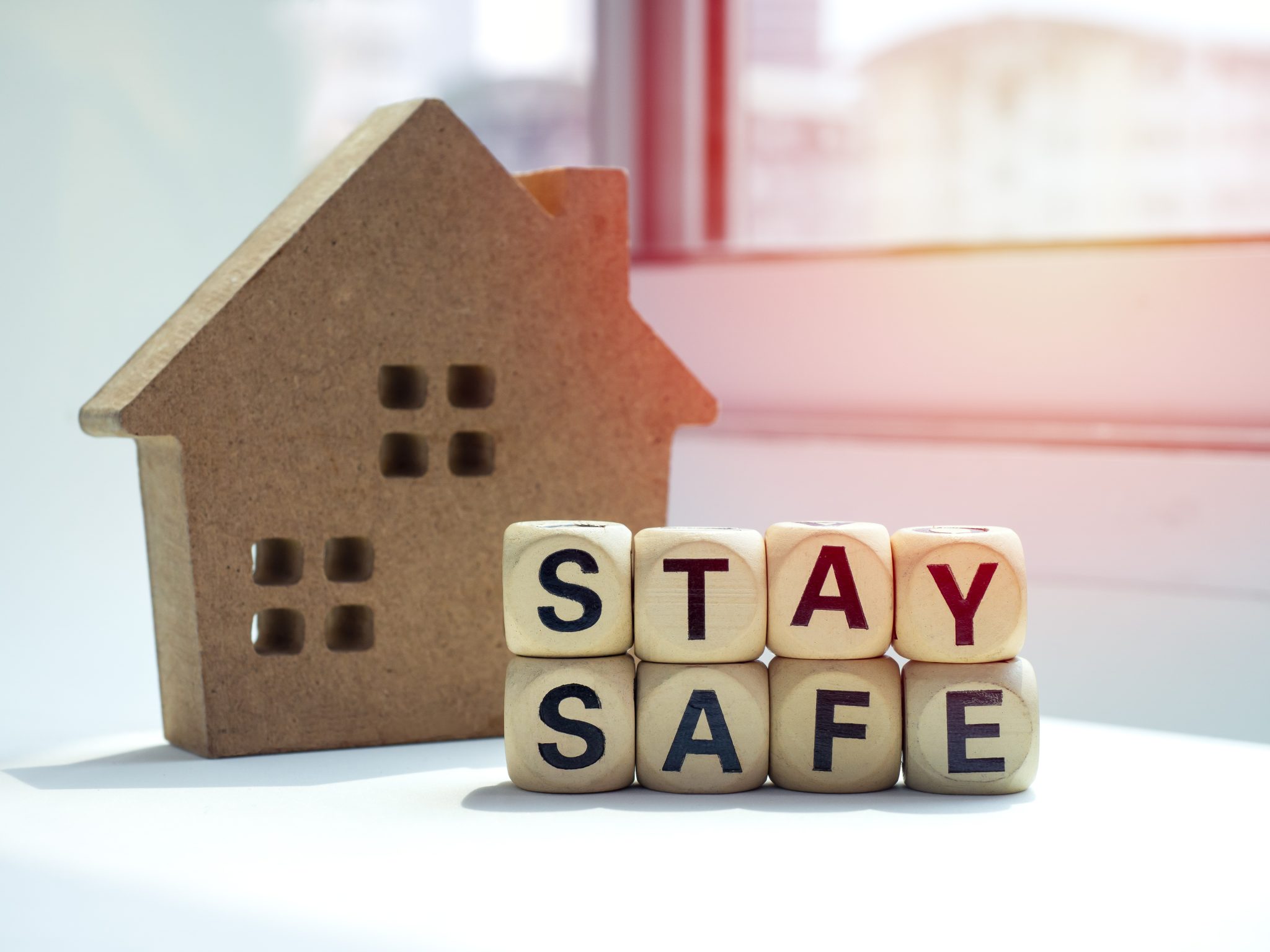Home

Have you ever considered the wellness of your home environment? Safety in and around the home might not be something at the top of your list to think about, but it is important to help to prevent accidents. The following information explore ways to make homes safe for family and friends.
10 Home Safety Tips
While there are multiple ways to ensure safety around the home, considering the following 10 tips could help prevent accidents or injuries:
Install Smoke Detectors
Smoke detectors are an essential safety feature that can help deter fires early. Install smoke detectors on every level of your home and in every bedroom and ensure that the batteries are working properly. The American Red Cross offers free smoke detectors and installation in some areas. To learn if your home is eligible, contact the American Red Cross at 1-800-RED-CROSS.
Install Carbon Monoxide Detectors
Carbon monoxide detectors in the home will alert you if the levels of carbon monoxide gases become dangerous. Be mindful that carbon monoxide is an odorless gas that can be deadly.
Secure Doors and Windows
Make sure all doors and windows have secure locks. Use them when you leave to protect your home and personal belongings.
Install a Security System
A home security system can deter individuals from entering the home, as well as alert homeowners if someone tries to break in. With multiple home security systems on the market today, it is important to understand your specific property needs before making a purchase.
Have a Fire Extinguisher Nearby
It is is important to have an easily accessible fire extinguisher in the event of an emergency. The recommended location of a home fire extinguisher is in the kitchen, just in case of a small fire caused by cooking. Ensure that the fire extinguisher is in good condition and free from corrosion or damage. It is recommended that you replace your fire extinguisher every ten years. The Consumer Product Safety Commission reported that there were an estimated 405,000 residential structure fires in the United States in 2019, resulting in 3,700 deaths, 16,600 injuries, and $7 billion in property damage.
Check Electrical Cords and Outlets
Ensure that the electrical cords are intact and do not have worn/exposed wiring or damage. Check outlets within the home to be sure they are properly secured to the wall and not loose.
Keep Floors Clear of Items
Be sure belongings are removed from the floor to help prevent tripping and falling. According to the National Safety Council, the second leading cause of unintentional injury-related deaths is falls. In 2020, 42,114 people died in falls at the home and at work.
Install Nonslip Mats
Install nonslip mats in the bathtub, shower, and kitchen to prevent slipping in wet conditions. Secure rugs by using an appropriate nonslip rug mat.
Install Handrails
Install handrails along any staircases to aid in going up and coming down the stairway. Also, install bathrooms handrails inside the tub or beside the commode, if needed.
Store Hazardous Materials
Store hazardous materials, such as cleaning supplies and chemicals, in a locked cabinet or out of reach of children. According to the American Association of Poison Control Centers, there were more than 2 million poison exposures reported in the United States in 2019, with about 90% occurring in the home. To contact Poison Control Center, call (800) 222-1222.
Create an Emergency Plan
Once you have implemented the home wellness tips above, don’t forget to create an emergency action plan. An emergency action plan could include how to address emergency alerts/warnings, sheltering, evacuation, and a family communication plan. Consider creating safety backpacks for each member of the family to contain a first aid kit, flashlight, noisemaker, and water. This bag should not exceed 10 pounds so that everyone can easily carry the bag. The US Department of Homeland Security offers a free online template to help you create a personalized Emergency Action Plan Form at www.ready.gov/. Taking the time to create a plan could make all the difference in the event of emergency.

